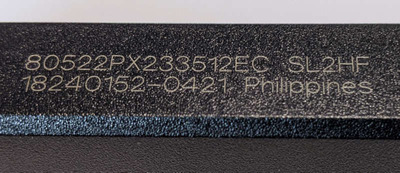I don't have direct experience with these exact CPUs, but some boards have a BIOS option to toggle cache ECC on/off. I'm not sure if the "EC" suffix here means that cache ECC is forced on all the time, or if it just means support exists and can be enabled with BIOS support.
> Will ECC version work in all slot 1 motherboards?
It should, since it's a function internal to the CPU and I don't see how the motherboard would reject the CPU based on this feature.
If you're up for testing and the CPUs are otherwise identical, running some cache tests could be useful for making a decision. Under DOS there is CACHECHK and SPEEDSYS which could reveal slight differences in cache access time. Under Windows 9x I like AIDA64 which has a memory benchmark option that includes all cache speeds and latency. On top of this, running some standard 3D benchmarks like 3DMark99 and 2000 could be useful.
In my retro builds I sometimes opt for ECC main memory just for that little bit of extra theoretical stability, even if it costs a clock cycle. I plan to run ECC + registered memory in my 440BX box to make it more workstation-y. I rarely turn on cache ECC but I could see it being valuable if you're seeking that little bit of extra stability. If the cache is working fine it probably doesn't help much, but it might one day save you from a random cosmic ray crash during your retro gaming session. :)
